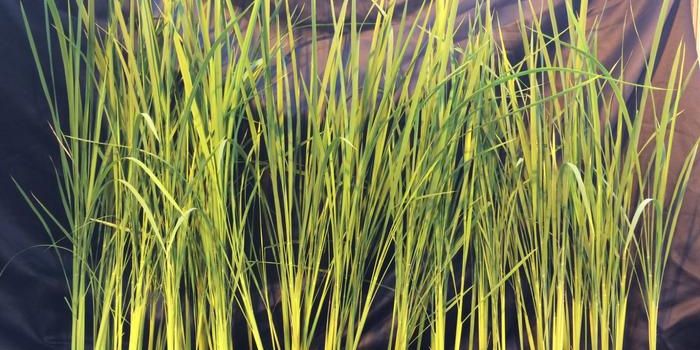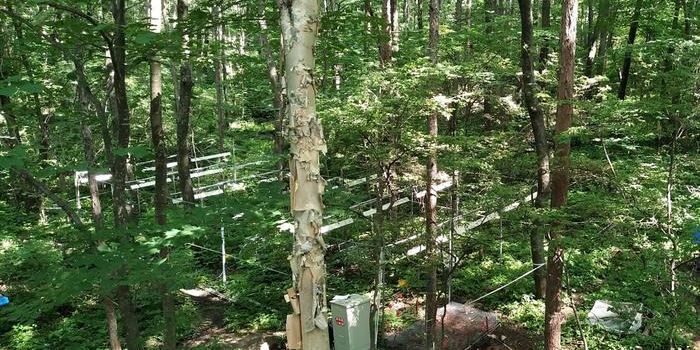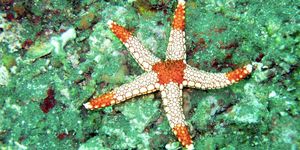Glow in the Dark Worms Illuminate the Secrets of Regeneration
According to a new study published in Developmental Cell, researchers are employing transgenesis methods to introduce a gene into the three-banded panther worm’s genome. The result? Glow-in-the-dark worms. While it may sound silly and nothing more than science fiction, it’s very real, and there’s actually a very interesting purpose behind this: to study regeneration.
Transgenesis refers to the introduction of new genes into an organism's genome, which has had a number of applications in biological study. Specifically, it is often used to study how certain cells in an organism interact with each other, which offers biologists important information about cellular function and the ways different aspects of an organism's makeup interact with one another.
Three-banded panther worms (Hofstenia miamia) are a unique organism, making them useful for biologists to study: they have the ability to regenerate. Lose a head or a tail? They can just grow it back, no problem. Get cut in half? They’ll grow back, but as two worms this time. These behaviors were first described in the 1960s, and have since fascinated scientists by what it can teach us about the biology of other organisms and about longevity, for example.
Specifically, researchers introduced a gene that, when converted to protein, glows green or red. This process took about 8 weeks, but once a transgenic worm is fully grown, it can pass that gene onto its offspring. As with any transgenic research, the glowing allows researchers to study the behavior of cells and their interactions with one another. This offers detailed insights into just about any biological process, with endless possibilities.
Researchers are hoping that creating transgenic worms will allow them to target, with a high degree of specificity, the genes that the worms use during their regeneration process. They can manipulate the worm’s genome, turning certain genes on and off as they attempt to locate the appropriate genes. Researchers will also have the ability to monitor a specific type of stem cell, called neoblasts, which can become just about any kind of cell the worms might need. Together, studying cell behavior in this context could help understand the mechanisms at work behind regenerative processes.
Sources: Eureka Alert!; Developmental Cell; Methods in Molecular Biology








